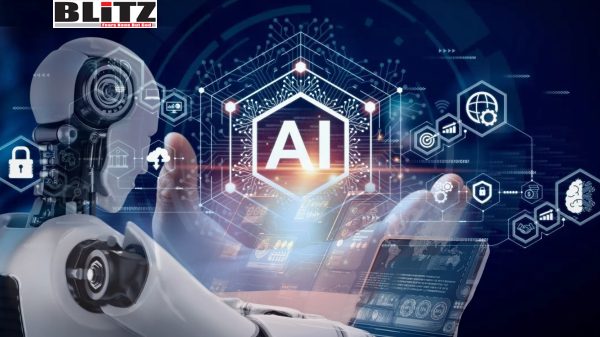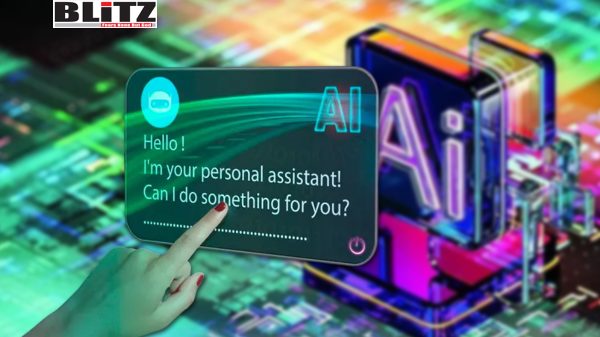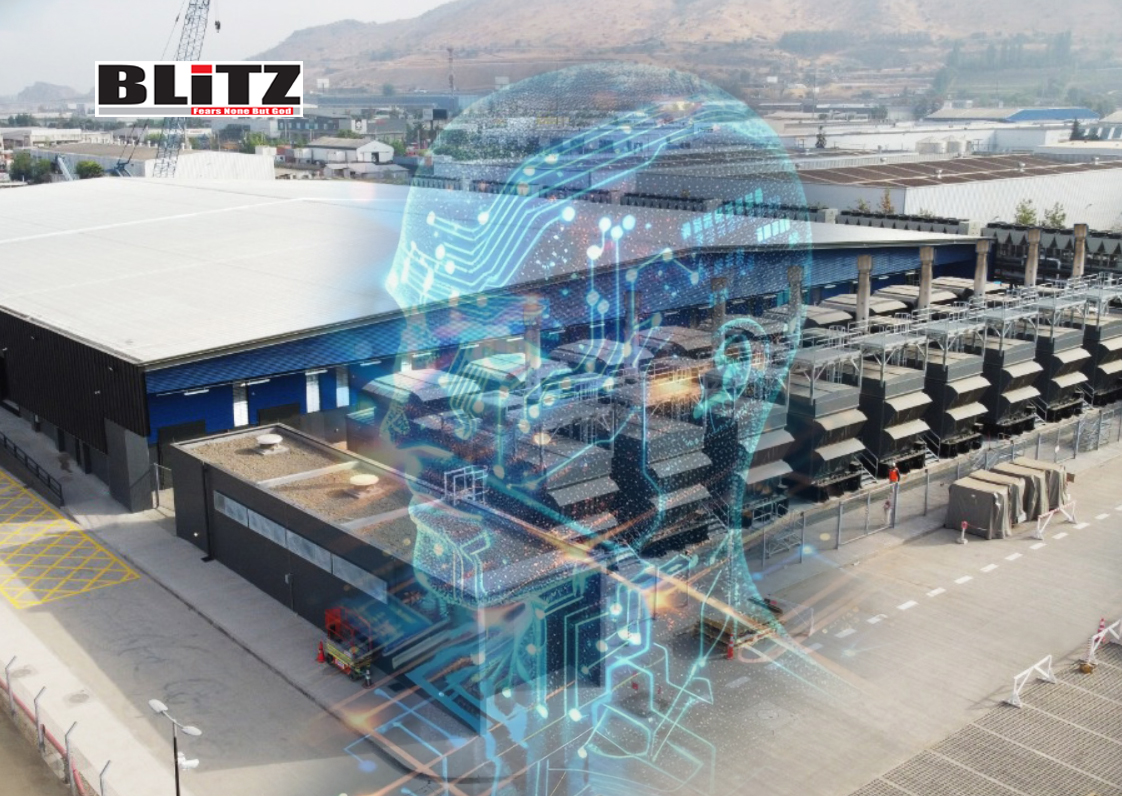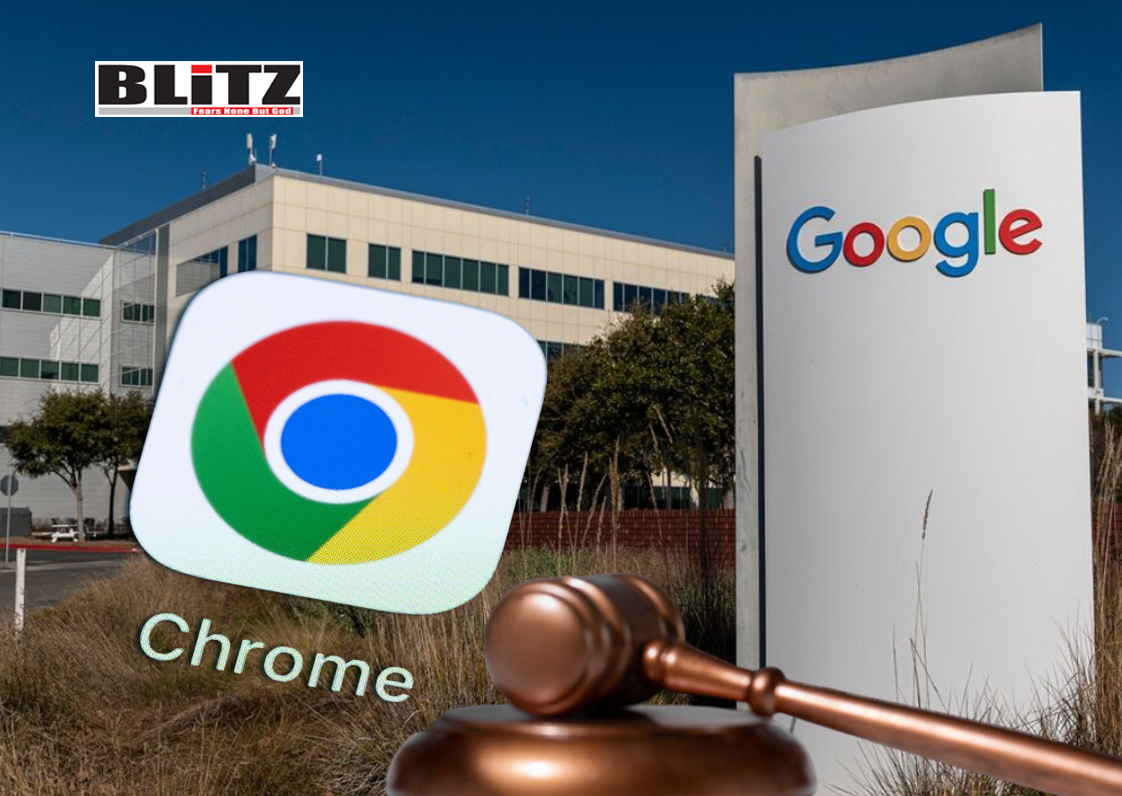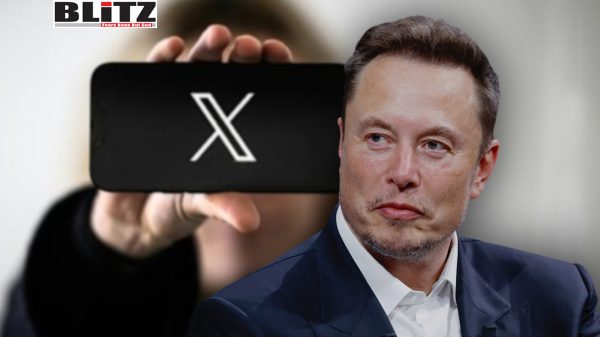Revolutionizing lithium batteries through GenAI innovations
- Update Time : Saturday, January 20, 2024
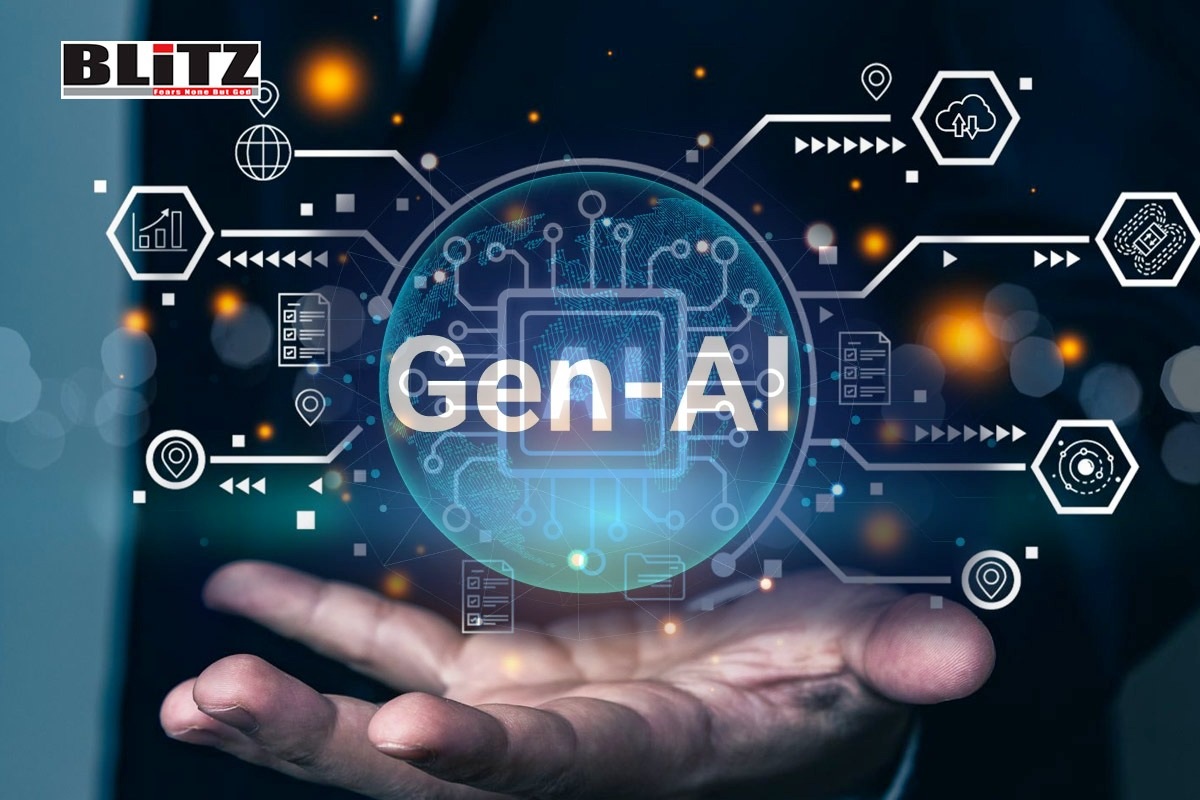
A groundbreaking lithium-ion battery design, empowered by generative AI (GenAI), could potentially revolutionize the energy landscape for electric vehicles, smartphones, and other devices. This innovative design requires up to 70% less lithium compared to current models, presenting a significant leap in efficiency. The key element in this novel design is the use of a recently discovered electrolyte named N2116, a solid-state material that not only charges faster but is also less prone to explosions. Notably, N2116 incorporates sodium in place of a substantial portion of lithium, offering a more cost-effective and readily available alternative.
The discovery of N2116 is a result of extensive experimentation with 32 million candidate molecules within Microsoft’s Azure Quantum Elements cloud platform. This collaborative effort involves a partnership between Microsoft and the Pacific Northwest National Laboratory (PNNL), based in Washington.
The AI-driven model accelerates the development process, making it up to half a million times faster compared to traditional quantum chemistry calculations.
Nathan Baker, product leader of Azure Quantum Elements, highlights the speed and efficiency gained through AI technology. The process involves training the AI model on millions of chemistry and materials science data points to develop and test combinations of chemicals aimed at improving lithium-ion batteries.
The AI model initially narrowed down the candidates to 500,000 chemically stable options, further refining the search to 800 materials with relevant functional properties. High-performance computing (HPC) systems were then employed to analyze the energy and simulate molecular movement through each material, resulting in a shortlist of 150 candidates. Human evaluation further reduced the options to 23, with subsequent testing revealing that N2116 stood out as the most promising candidate.
This rapid and innovative approach to battery chemistry stands in stark contrast to traditional research methods, which often take years to conceptualize, test, and design new materials. The collaborative effort between Microsoft and PNNL showcases the potential of AI in transforming the field of battery design. The speed and precision achieved by the GenAI model present a paradigm shift in the traditional research and development timeline.
Similar initiatives across the industry, involving research centers, academic institutions, and companies, underscore the growing role of AI in battery design. The fusion of scientific expertise and AI technology is heralding a new era of discovery, compressing centuries of innovation into a significantly shorter timeframe. The potential applications of these advancements extend beyond batteries, promising to transform various industries and unlock unprecedented scientific possibilities.


